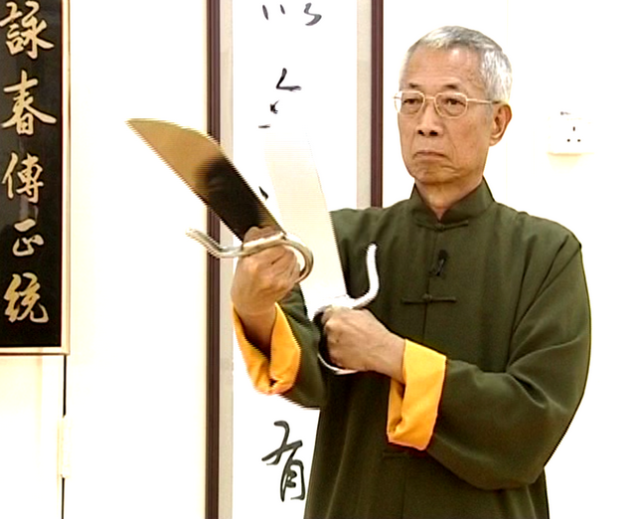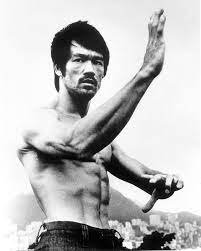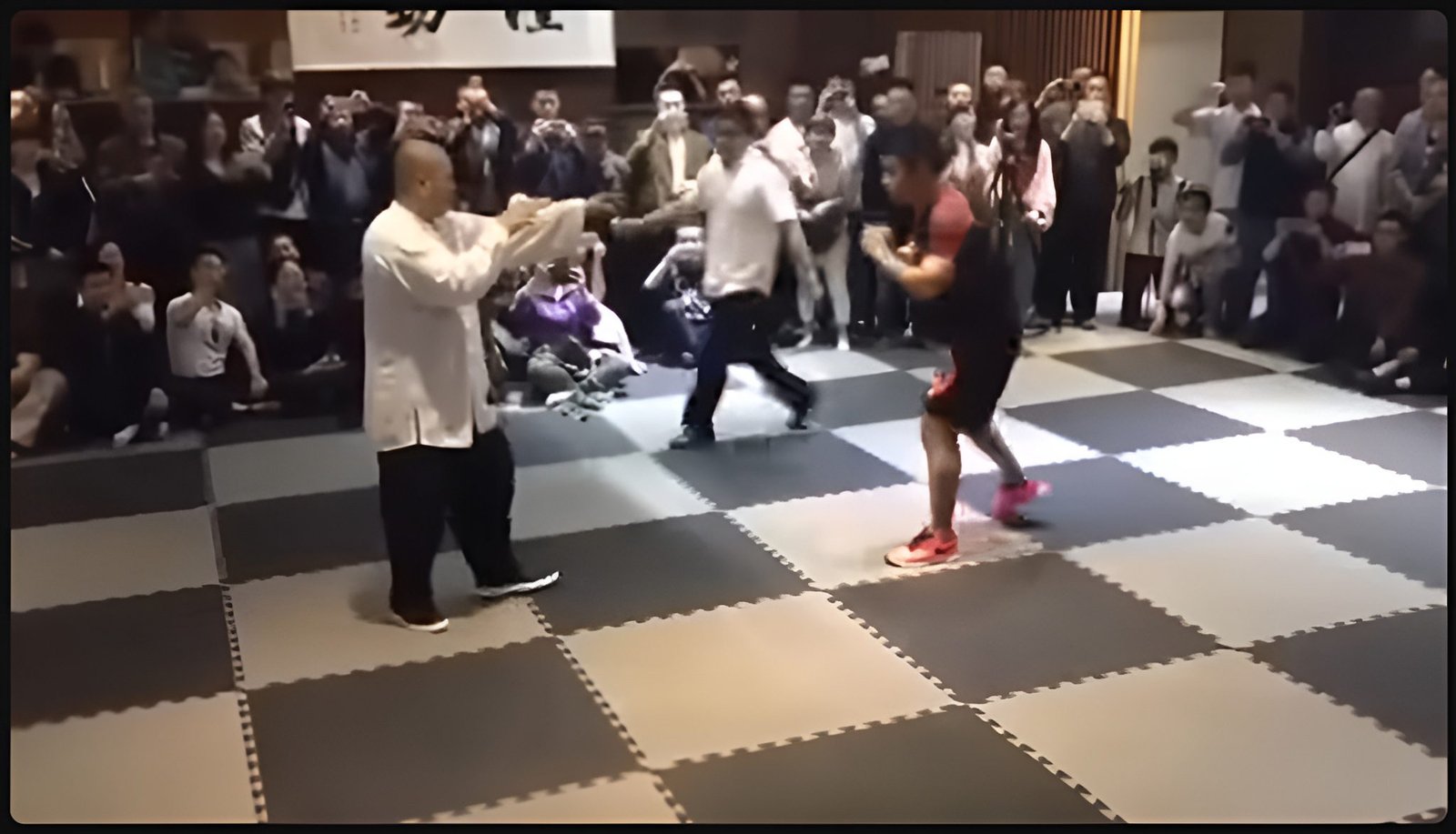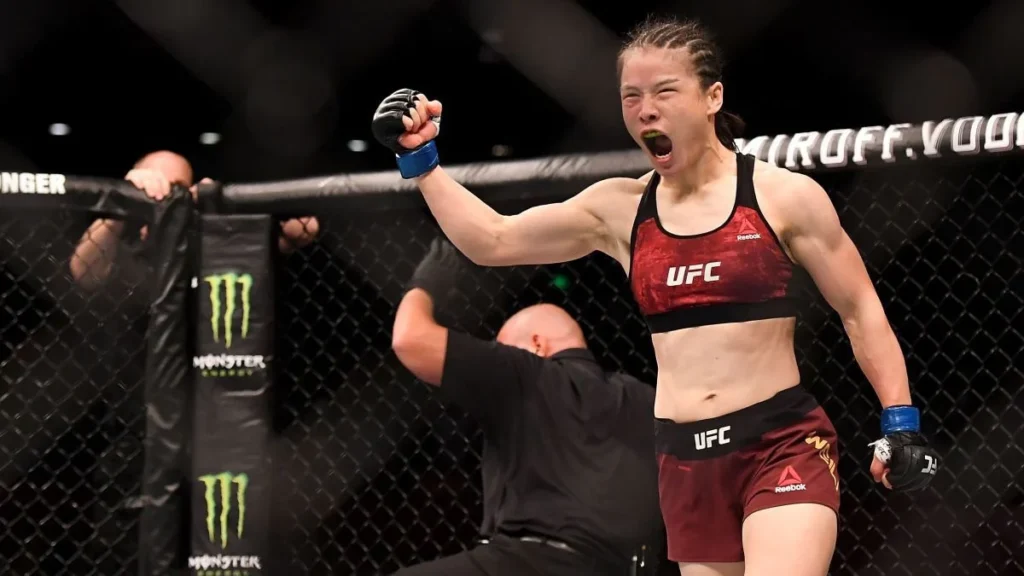At Dai Shu Wing Chun, we often get asked how traditional martial arts fit into the modern world of combat sports. In this interview, Jamie sits down with instructor Vinnie to discuss Wing Chun and MMA, and why we don’t see Kung Fu fighters in the UFC.
The Full interview is from a podcast you can listen to here.
Wing Chun has long been one of the most recognized Kung Fu styles thanks to Ip Man and Bruce Lee, but many people wonder why we don’t see it inside the UFC or modern combat sports. When it comes to Wing Chun and MMA, the conversation is often filled with myths, quick dismissals, or overhyped claims.
Vinnie, an experienced Wing Chun instructor from the Chu Shong Tin lineage and the head intructor from Dai Shu Wing Chun, gives his thoughts on why Wing Chun rarely shows up in professional MMA, whether its principles are already hidden within modern fighting styles, and what role it can play in both self-defense and competitive martial arts.
Why Don’t We See Kung Fu in MMA?
Jamie (Interviewer):
The first question would be about MMA and Kung Fu. Why don’t we see Kung Fu in MMA? It feels like it just doesn’t work.
Vinnie (Instructor):
That’s an excellent question, and one that a lot of people ask these days.
Before I answer, I should preface this by explaining our lineage of Wing Chun and how we practice it.
Understanding the Lineage
Jamie:
What is your style?
Vinnie:
We practice Chu Shong Tin lineage Wing Chun. I trained originally in Australia and then travelled, training with other practitioners from our lineage in Hong Kong, as well as those I worked with in Australia.
Jamie:
How many lineages are there?
Vinnie:
There are many. Chu Shong Tin was one of the four closed-door students of Ip Man.
Jamie:
That’s the “Ip Man” movie connection, right?
Vinnie:
Yes, that’s right — Bruce Lee’s original teacher.
The way Chu Shong Tin taught Wing Chun branched off slightly from other lineages. Each lineage has small differences. One of the main things with ours is that we concentrate more on concepts rather than techniques. For us, how we use the body is more important than whether it looks like traditional Wing Chun or if we’re standing in a specific position.

What Does That Look Like in Sparring?
Jamie:
What do you mean by that?
Vinnie:
In sparring, compared to some styles of Wing Chun, ours might not look very “Wing Chun-like.” We don’t focus on holding a particular stance or guard, like you see in the Ip Man films. Instead, we’re applying principles — learning to generate force, move the body efficiently, and adapt to any situation.
Because of this, if you saw some of our people competing in tournaments, you might not recognize it as Wing Chun.
But used this way, it absolutely can be applied in MMA. The body can only move in certain ways — we all have two arms and two legs. Many of the movements fighters use in MMA are the same kinds of body mechanics we aim for.
Are There Kung Fu Fighters in the UFC?
Jamie:
So, if someone like me who doesn’t know much about Kung Fu watched the UFC today, would I see anything Kung Fu-based?
Vinnie:
Not directly. In terms of fighters who trained specifically in Kung Fu or Wing Chun and then entered the UFC, no, I haven’t really seen that.
But the principles are there. Fighters who know how to relax and strike with more efficiency are applying the same ideas we train in our style.
So in a way, yes — they are using the same principles, even if they don’t call it Wing Chun.
Why Don’t We See Pure Wing Chun in MMA?
Jamie:
Then why don’t we see anyone who is purely Wing Chun-based succeed in MMA or the UFC?
Vinnie:
There are a few reasons.
- Training methods – Many Wing Chun schools don’t spar. Without pressure-testing against resistance, you can’t develop the adaptability needed for combat sports.
- Scope – MMA requires striking, clinch work, and ground fighting. Wing Chun doesn’t cover all of those areas in depth, especially the ground game.
- Intent – Many people practice Wing Chun for its art, history, or personal development, not necessarily for combat. That’s valuable, but it doesn’t prepare you for the UFC.
Training Goals and Cultural Context
Jamie:
Is that more of a cultural thing?
Vinnie:
Maybe partly. But it also depends on people’s goals.
Some in our lineage aren’t interested in fighting at all. They enjoy Wing Chun purely as an art form. Others train for its history, culture, or simply because they find it fun.
All of that is fine, as long as you’re honest with yourself about what you want to get out of it.
Is Wing Chun Useful for Self-Defense?
Jamie:
But is Wing Chun valuable for actual self-defense?
Vinnie:
Yes — depending on how you train it.
If you only practice forms and never spar, it won’t prepare you for a real fight. But if you take the principles and pressure-test them with sparring and resistance, then fill in the gaps by learning other areas, it’s very effective.
Chu Shong Tin used to say there’s value even in just practicing Tan Sau correctly in stance, refining it over and over. That’s enjoyable and beneficial in its own way. But doing only that won’t make you unbeatable.
As long as you’re not fooling yourself — thinking that forms alone will make you able to fight in the UFC or handle any street fight — then training Wing Chun for what it is can be very rewarding.

Wing Chun and MMA, Part of an Arsenal
Jamie:
So would you say this style of Kung Fu is something you add to other techniques, rather than being a complete martial art for sport?
Vinnie:
Yes, I’d agree with that.
In MMA, you need to be able to fight on the ground as well. Since the early UFC events, people saw the value of Brazilian Jiu-Jitsu, which is why it has become so popular.
In the way I learned Wing Chun, we covered the basics of ground fighting — things like how to escape a mount and get back to your feet. That’s useful for self-defense, but against someone skilled in BJJ you wouldn’t stand much chance.
So if you wanted to take Wing Chun into MMA, you’d need to learn those areas too. But if you train the way we do, Wing Chun gives you a lot — learning how to use your body properly, how to generate force efficiently, and how to adapt those principles to different situations.
Wing Chun and MMA Superiority
The discussion around Wing Chun and MMA isn’t about proving one style superior, but about understanding context and training goals.
Wing Chun on its own may not prepare someone for the demands of the cage, but its principles, relaxation, efficient body mechanics, and adaptable striking, can absolutely complement other martial arts.
For self-defense, personal growth, or as part of a broader MMA arsenal, Wing Chun still offers valuable lessons.
Whether you train it for culture, combat, or curiosity, what matters most is being honest about what you want to achieve and training in a way that aligns with those goals.
Disclaimer:
This blog was written by Jamie, the student. Any errors, inaccuracies, or misunderstandings are his own and should not be attributed to the instructor.


Leave a Reply